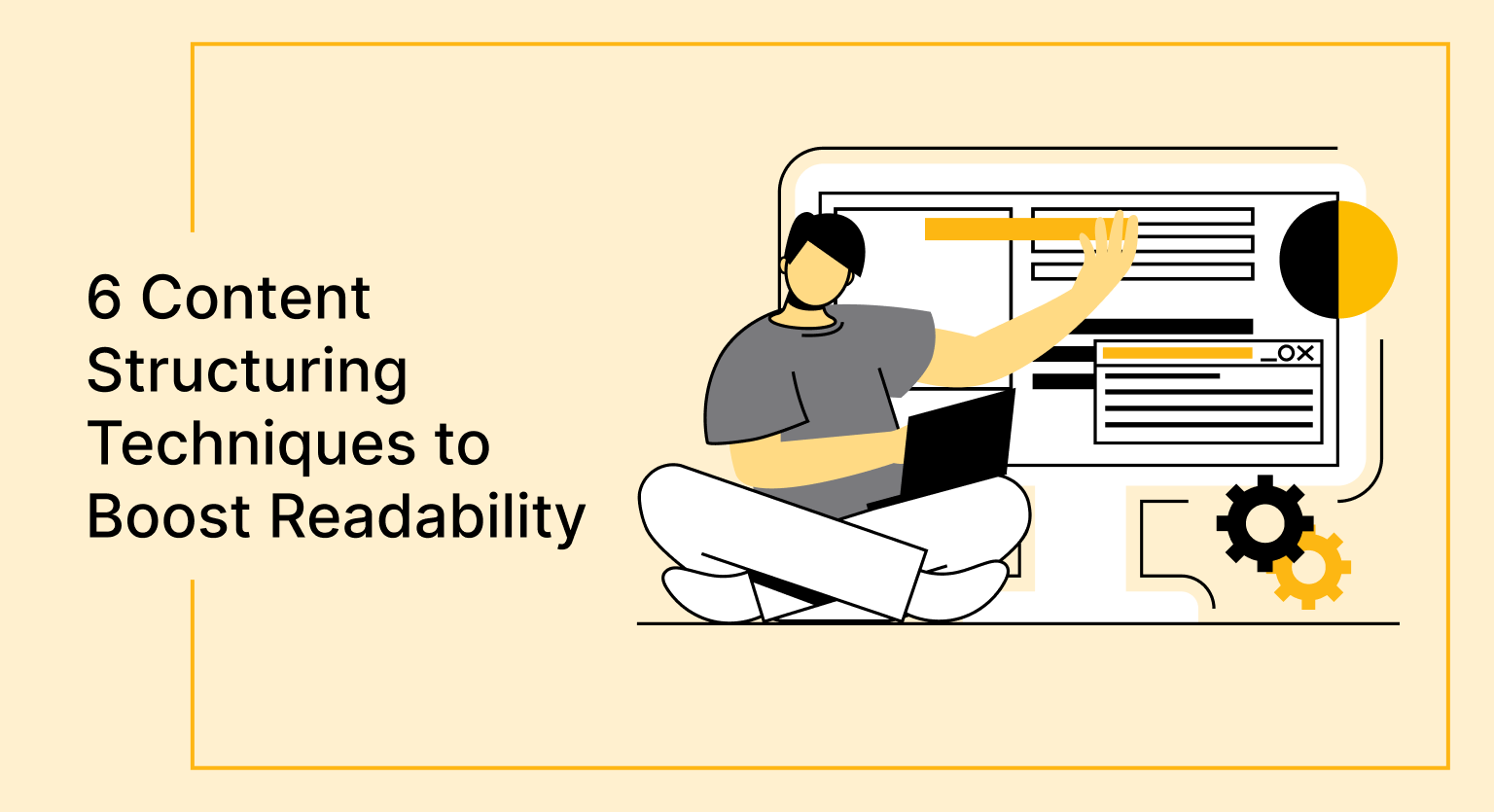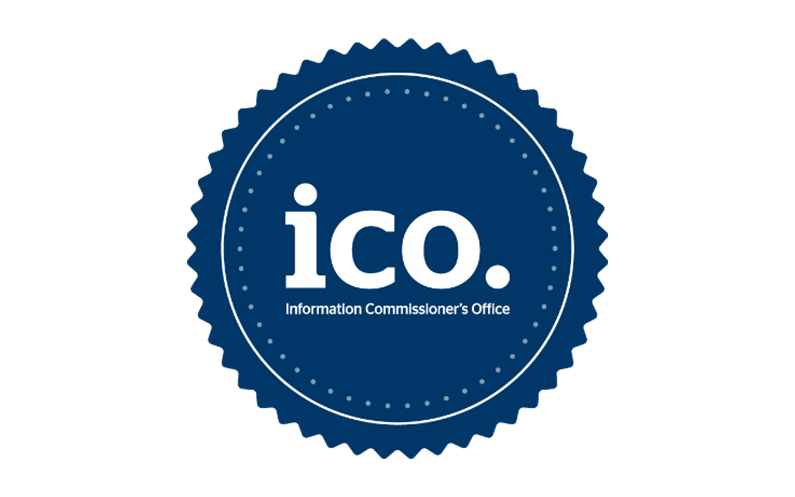Diving into the art of crafting content that captivates and retains readers, we’ve gathered insights from a Copywriter and an Editor, among other experts. From the importance of using headings for skimmability to structuring content as a step-by-step guide, explore the six methods they recommend to significantly enhance readability.
Table of Contents
ToggleUse Headings for Skimmability
Most people don’t read the entire article—they skim to the parts that are interesting or important to them. That extra-long intro that goes into well-known details on the topic is largely passed over (if I’m trying to figure out “how to” the topic, I already know what the topic is all about).

Breaking the content into bite-sized chunks—separated by headings or bulleted lists—allows the reader to quickly find the information pertinent to them and skip over the stuff they already know.
Scott Sery, Copywriter, Sery Content Development
Start with a Captivating Hook
To enhance readability, starting with a clear and attention-grabbing line is crucial. This initial hook not only helps your audience follow your train of thought but also sparks their curiosity, motivating them to read until the end. That first grab is essential for effectively conveying your message.

Bill Marmor, Editor, Rex edit
Vary Sentence Length for Flow
Many novice writers routinely strip away valuable seo content from their copy during the initial revision process. However, structuring a blog, social media post, or creative writing piece to be concise for the sake of brevity does not necessarily mean that the copy is any easier to read or comprehend.
Writers should play with their language, experiment with an ample vocabulary, and tailor it into sentences of varying lengths to facilitate flow. Sometimes, giving an audience more depth is the difference between copy worth reading and a dud.
Anthony Palmer, Copywriter and Editor, ChartRequest
Incorporate Complex Sentence Structures
I regularly recommend that writers incorporate complex sentence structures into their blog posts to enhance readability and improve overall SEO. Contrary to their name, these types of sentences do not make content more difficult to read, as they mimic how humans talk to each other.
Additionally, well-placed complex sentences can help writers and website owners rank for voice searches and earn rich results, such as featured snippets. This writing strategy is a great way to enhance the natural integration of long-tail keywords into written content, which has been a crucial aspect of SEO for many years and goes hand in hand with improving readability.
Aaron Winston, Strategy Director, Express Legal Funding
Apply the Inverted Pyramid Technique
The ‘Inverted Pyramid’ approach is an excellent strategy to improve the readability of text. This strategy, commonly utilized in journalism, places the most significant information first and provides details and background information later.

Start with a clear, catchy headline and a paragraph summarizing the main themes. This allows readers to swiftly get to the primary point, even if only by skimming. After that, delve deeper into the details, providing additional context, examples, and supporting evidence.
Organize everything in order of significance, breaking up the material with short paragraphs, bullet points, and subheadings to highlight key concepts. Add pertinent facts, quotes, and statistics to provide extra context, but make them secondary to the major ideas.
This arrangement makes the content easier to skim and ensures that the essential point is clear and effective for readers with limited time or attention.
Dhari Alabdulhadi, CTO and Founder, Ubuy Netherlands
Structure Content as a Step-by-Step Guide
A practical route for content structuring that increases readability is the “Step-by-Step Guide” method. Craft your information as a journey, with clear sequential directions. Much like using a step-by-step guide to assemble furniture or bake a cake, readers can follow along easily, remain engaged, and achieve a desirable outcome by the end.
It breaks down complexity into smaller, digestible chunks. There’s a start, a middle, and an end, making it a perfect blend of intrigue, learning, and satisfaction of completion for the reader.
Abid Salahi, Co-founder and CEO, FinlyWealth

